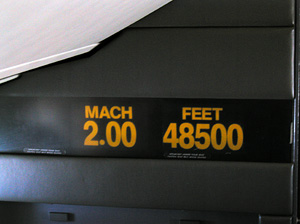 Even in these modern times, when lots of things are changing in the ICT world, some lessons from the past still hold true.
Even in these modern times, when lots of things are changing in the ICT world, some lessons from the past still hold true.
Previously, I discussed the I/O stack in a typical database environment. As virtualization has complicated things a bit, the fundamental principles of performance tuning stay the same.
Recently I was browsing through old presentations of colleagues and found another interesting view on response times in an application stack. Again, I polished it up a bit and modified it to reflect a few innovations and personal insights.
The idea is as follows. We as humans have problems getting a feel of how fast modern microprocessors work. We talk in milliseconds, microseconds, nanoseconds. So – in the comparison we assume a 1 Gigahertz processor and then scale up one nanosecond to match one second – because this fits better in human’s view of the world. Then we compare various sorts of storage on the “indexed” timescale and see how they relate to each other.
![]()



